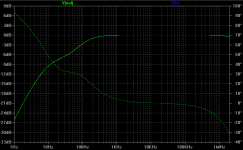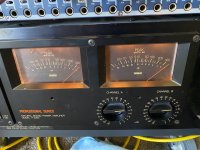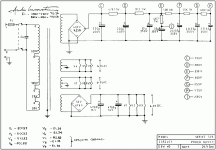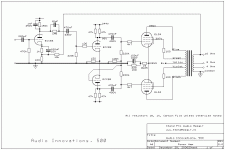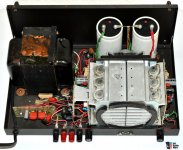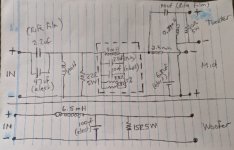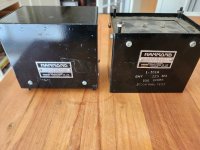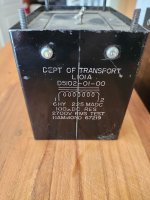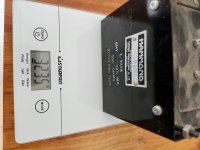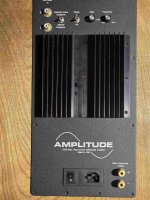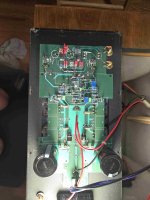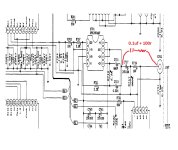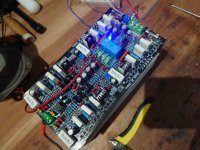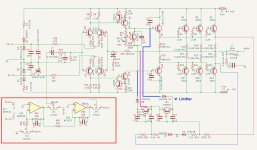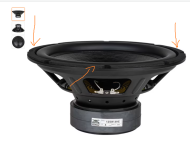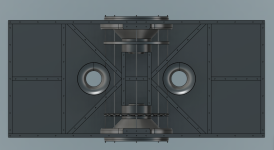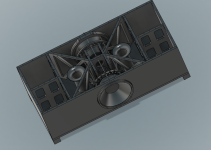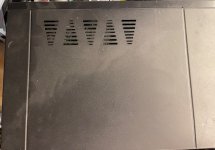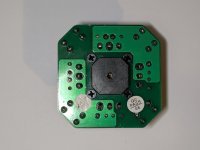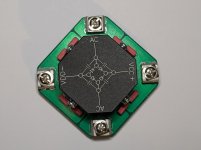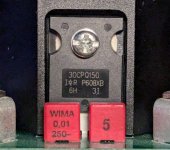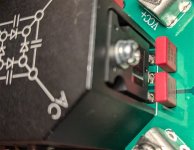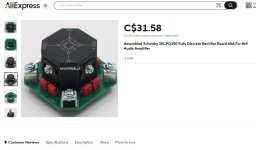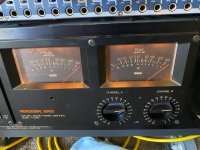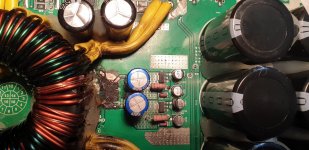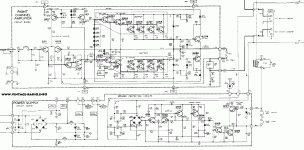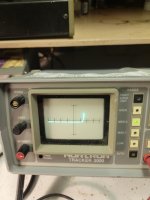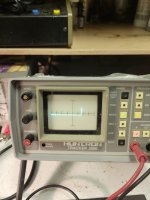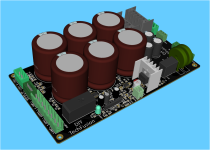SissySIT
Opening new thread , to make things easier to follow and comment .
Everything started with collective brainstorming in Most Greedy Boy, of them all... or (there is no) DEFiSIT of Papa's Koans thread , and resulting prototype posted in #618 , Most Greedy Boy, of them all... or (there is no) DEFiSIT of Papa's Koans
Tnx to all Greedy Boyz involved ........
as I wrote , SissySIT ( in fist time called SUFI-SIT , but then I realized that too much seriousness is ..... too serious 🙂 ) is practically THF51-S Tokin SIT nested in Babelfish M25 circuit (even pcb) , with necessary change in some parts values .
so , schm and last/final pcb iteration are these :
(observe that I finally decided to match my pcbs to DiyAudio UMS ...... taking in account Jason's and 6L6's stance - better keeping things less complicated , than asking for few more taps in existing UMS..... so , besides SissySIT being Sissy , ZM is Mighty Sissy , doing things to save Greedy Boyz from some drilling/tapping efforts)
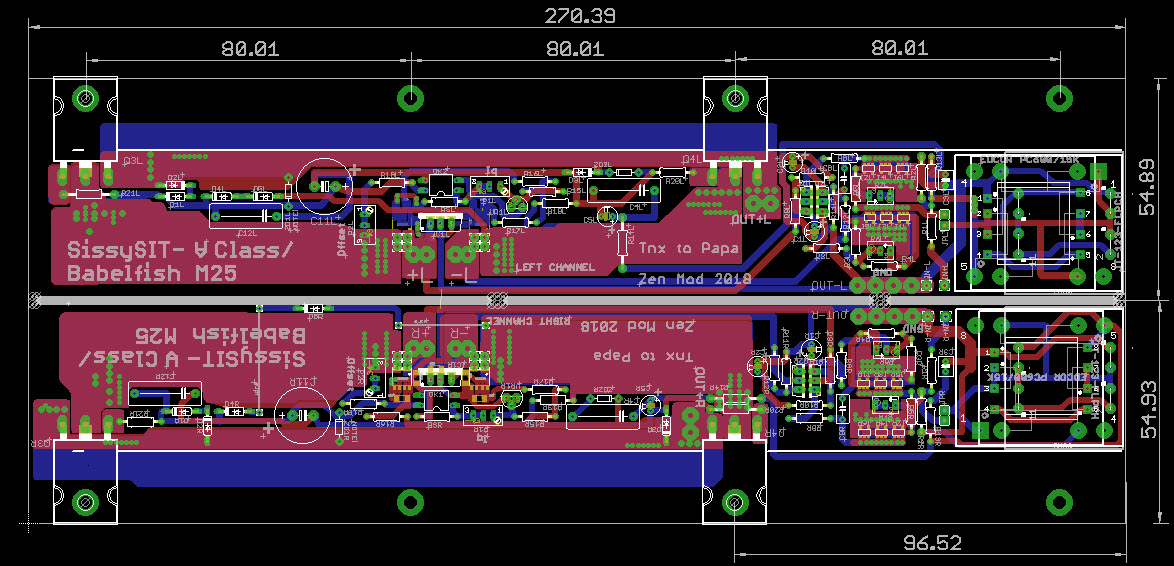
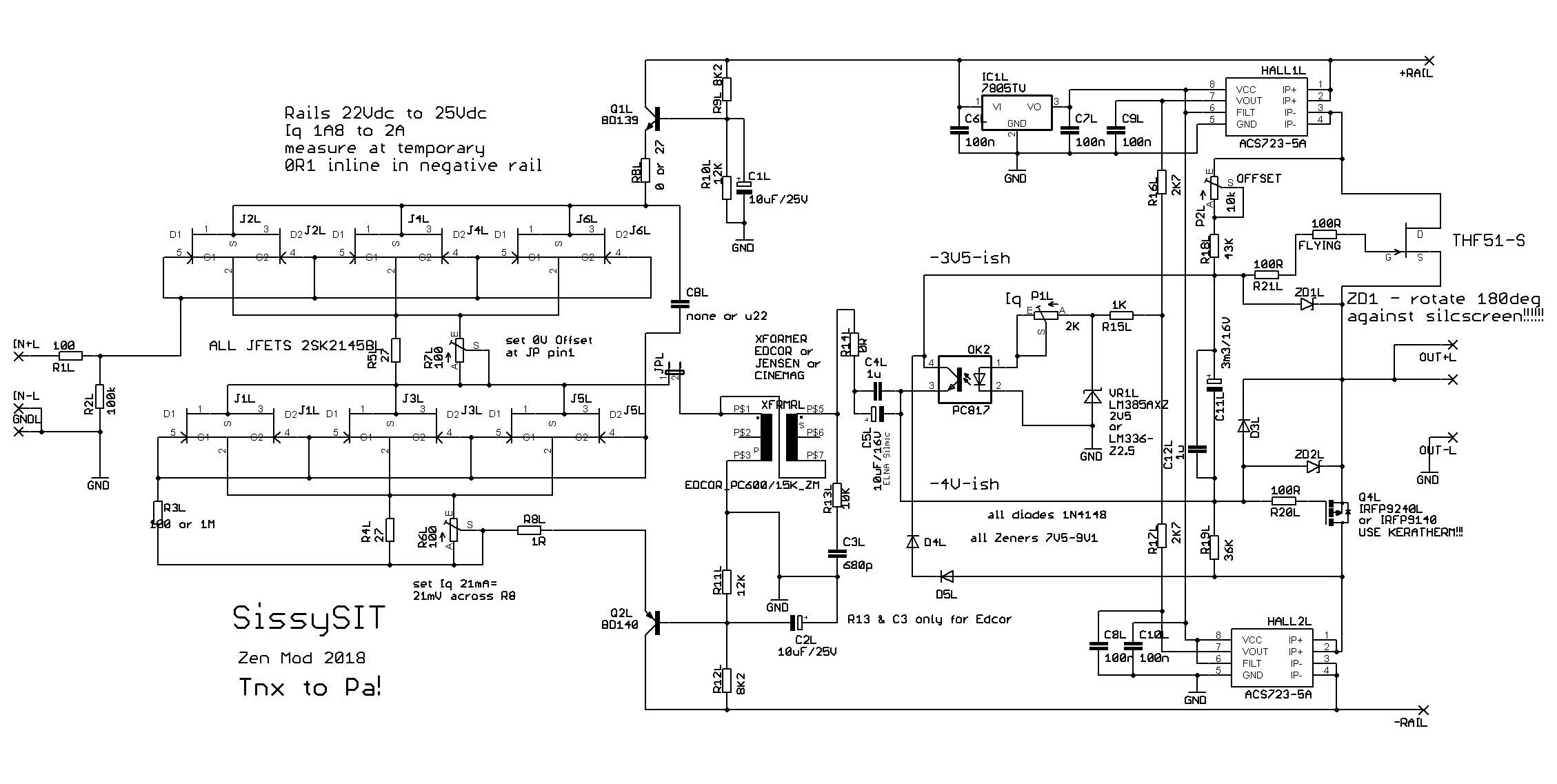
Everything started with collective brainstorming in Most Greedy Boy, of them all... or (there is no) DEFiSIT of Papa's Koans thread , and resulting prototype posted in #618 , Most Greedy Boy, of them all... or (there is no) DEFiSIT of Papa's Koans
Tnx to all Greedy Boyz involved ........
as I wrote , SissySIT ( in fist time called SUFI-SIT , but then I realized that too much seriousness is ..... too serious 🙂 ) is practically THF51-S Tokin SIT nested in Babelfish M25 circuit (even pcb) , with necessary change in some parts values .
so , schm and last/final pcb iteration are these :
(observe that I finally decided to match my pcbs to DiyAudio UMS ...... taking in account Jason's and 6L6's stance - better keeping things less complicated , than asking for few more taps in existing UMS..... so , besides SissySIT being Sissy , ZM is Mighty Sissy , doing things to save Greedy Boyz from some drilling/tapping efforts)

